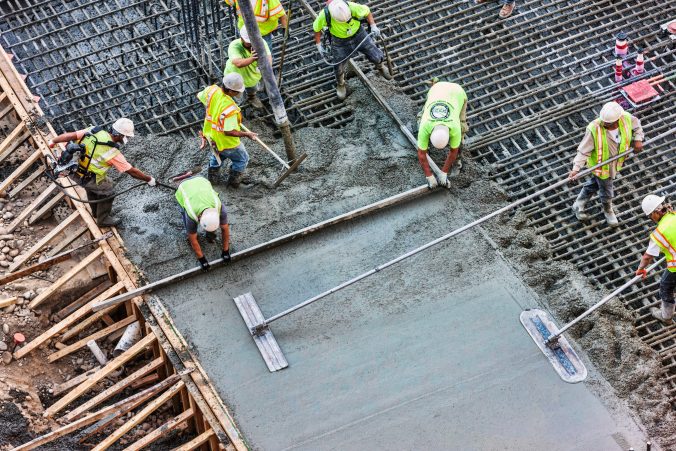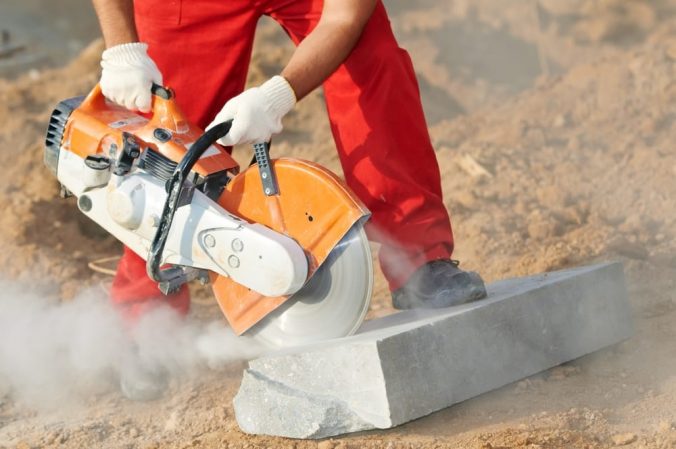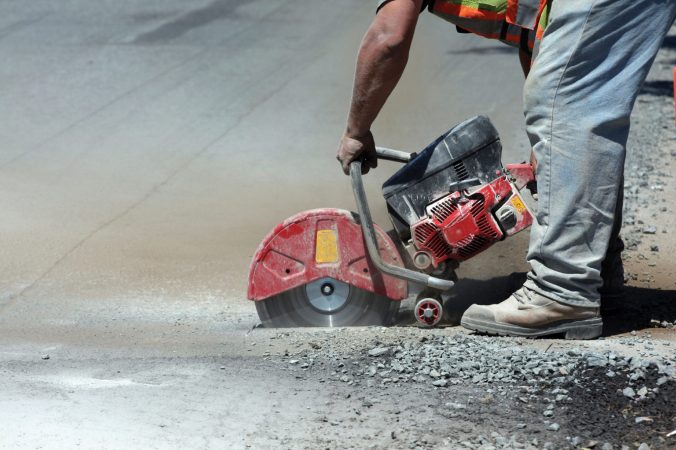Before you begin, determine whether you will sand your concrete dry or wet. Dry sanding is more efficient for floors and walls that are to be completely exposed. Wet sanding can be less messy but requires careful cleanup. Hand sanding will be more effective if you are sanding a small area. You may need an angle grinder with diamond cup grinder wheels for large surfaces. However, these tools are very abrasive and can damage the surface if not used correctly.
When sanding concrete, be sure to wear protective gear. You will need eye and respiratory protection. The dust from sanding will irritate your skin, so it’s essential to wear a mask. It’s also important to check the surface for cracks or other problems before sanding. If you have a break, repair it first with concrete filler and allow it to dry completely before sanding.
Before sanding concrete, remember to use a sealer to protect the surface. This will prevent stains and spills from penetrating the surface. It will also increase the water resistance and resilience of the concrete. Using concrete sealer will help restore a smooth, professional-looking surface.
If you’re unsure about the best method, hire a professional. Professional sanding can improve your concrete’s finish and make it more attractive. Sanding is essential to modern construction projects and achieving a smooth surface. You should consult with a concrete expert when sanding a concrete slab.
Sanding concrete manually is not difficult, but it’s essential to use the right tools and the proper technique for the job. Make sure to wear a face mask and use a wet rag to minimize dust. Make sure to use long strokes and avoid uneven sanding.
The next step is polishing the concrete. This method is similar to sanding wood, but machines are equipped with diamond-segmented abrasives instead of sandpaper. They gradually grind down the surface of the concrete from coarse to fine grit. The final result is a shiny, mirror-like finish.
Learn more: https://www.concretegrindingauckland.net.nz/
Dry polishing with diamond-tipped pads creates powdery concrete cuttings. These fine pieces of concrete do not get flushed away like wet polishing, so they act as a more acceptable polishing media. But the main disadvantage of dry polishing is that the powdery concrete cuttings may contaminate the surface pores, leading to adhesion failure.
Before using diamond abrasive tools to sand concrete floors, you should first inspect the surface. Ensure no bumps are in the concrete, usually located in corners. These bumps will make it harder to remove. So, it’s essential to clean them up properly.
The first step in preparing concrete is determining the type of concrete you’re sanding. If you’re planning to use concrete for a driveway or patio, you should measure the height and width of the surface. Then, take the time to measure the distance between the coarse and fine aggregates. If the concrete is uneven, it won’t be able to have an exposed aggregate finish. Moreover, you can’t reveal the concrete’s coarse aggregates if the surface has raised sections.


